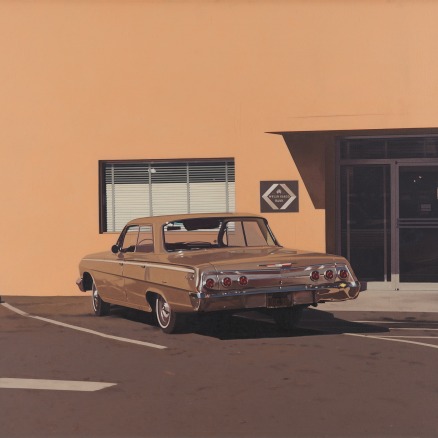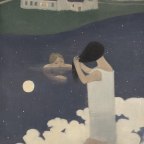Biography
The Nabis, a tightly knit band of fin-de-siècle Parisian painters were active in the short time period of 1888-1900. Part of the wider Symbolist movement, and active at the dawn of Sigmund Freud’s theories on the subconscious, the Nabis, or ‘the Prophets’, sought to elevate Impressionism by shifting its focus from perception to the realm of sensation.
Nabi painters selected colours for their emotional weight, selecting particular hues to express emotion within a single figure and to imbue real-world scenes with deep feeling. They celebrated pattern and ornament, with intimate interior and garden scenes rendered into compositions with a flattened pictorial space and a light painterly touch. Offering a profound insight into the human experience, the work of the Nabis, seen together in this exceptional presentation, illuminates the poetry of the everyday.
The seven principal Nabi artists created work within the a period of just twelve years: they were Pierre Bonnard (1867–1947), Maurice Denis (1870–1943), Paul Ranson (1864–1909), Ker-Xavier Roussel (1867–1944), Paul Sérusier (1864–1927), Félix Vallotton (1865–1925) and Édouard Vuillard (1868–1940). Additionally, there were a number of important artists in their orbit who could be connected to this key brotherhood; the group was wider and more collaborative than typically recorded by art historians.
There has been a recent reappraisal of the Nabi painters, against the backdrop of a decisive move among today’s painters toward figurative painting. Peter Doig, Mamma Andersson, David Hockney and Ian Davenport have explicitly referenced their influence by members of the group, while a flurry of recent scholarship around the Nabis has revealed their enduringly modern approach that goes beyond their contribution to decorative art.
Read more-
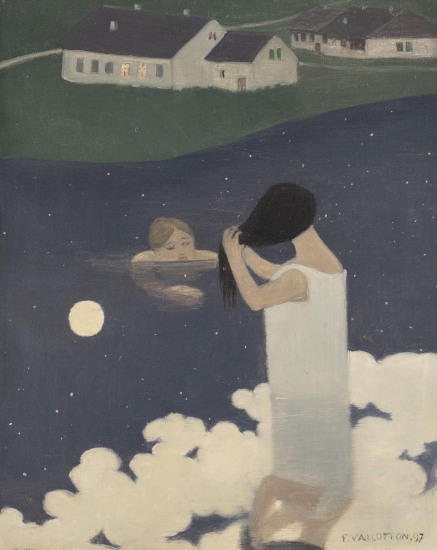 Félix VallottonBaigneuses au clair de lune, 1893Oil on canvas10 5/8 x 8 1/2 in / 27 x 21.6 cm%3Cdiv%20class%3D%22artist%22%3E%3Cspan%20class%3D%22artist%22%3E%3Cstrong%3EF%C3%A9lix%20Vallotton%3C%2Fstrong%3E%3C%2Fspan%3E%3C%2Fdiv%3E%0D%3Cdiv%20class%3D%22title%22%3E%3Cem%3EBaigneuses%20au%20clair%20de%20lune%3C%2Fem%3E%2C%201893%3C%2Fdiv%3E%0D%3Cdiv%20class%3D%22medium%22%3EOil%20on%20canvas%3C%2Fdiv%3E%0D%3Cdiv%20class%3D%22dimensions%22%3E10%205%2F8%20x%208%201%2F2%20in%20%2F%2027%20x%2021.6%20cm%3C%2Fdiv%3E
Félix VallottonBaigneuses au clair de lune, 1893Oil on canvas10 5/8 x 8 1/2 in / 27 x 21.6 cm%3Cdiv%20class%3D%22artist%22%3E%3Cspan%20class%3D%22artist%22%3E%3Cstrong%3EF%C3%A9lix%20Vallotton%3C%2Fstrong%3E%3C%2Fspan%3E%3C%2Fdiv%3E%0D%3Cdiv%20class%3D%22title%22%3E%3Cem%3EBaigneuses%20au%20clair%20de%20lune%3C%2Fem%3E%2C%201893%3C%2Fdiv%3E%0D%3Cdiv%20class%3D%22medium%22%3EOil%20on%20canvas%3C%2Fdiv%3E%0D%3Cdiv%20class%3D%22dimensions%22%3E10%205%2F8%20x%208%201%2F2%20in%20%2F%2027%20x%2021.6%20cm%3C%2Fdiv%3E -
 Edouard VuillardMarie au jardin, 1893oil on canvas
Edouard VuillardMarie au jardin, 1893oil on canvas
10 5/8 x 13 3/4 in
27 x 35 cm%3Cdiv%20class%3D%22artist%22%3E%3Cspan%20class%3D%22artist%22%3E%3Cstrong%3EEdouard%20Vuillard%3C/strong%3E%3C/span%3E%3C/div%3E%0D%3Cdiv%20class%3D%22title%22%3E%3Cem%3EMarie%20au%20jardin%3C/em%3E%2C%201893%3C/div%3E%0D%3Cdiv%20class%3D%22medium%22%3Eoil%20on%20canvas%3Cbr%20/%3E%0A%3C/div%3E%0D%3Cdiv%20class%3D%22dimensions%22%3E10%205/8%20x%2013%203/4%20in%3Cbr%20/%3E%0A27%20x%2035%20cm%3C/div%3E -
 Jozsef Rippl-RonaiMother and Child, 1891pastel on cardboard15 3/4 x 12 1/4 in
Jozsef Rippl-RonaiMother and Child, 1891pastel on cardboard15 3/4 x 12 1/4 in
40 x 31 cm -
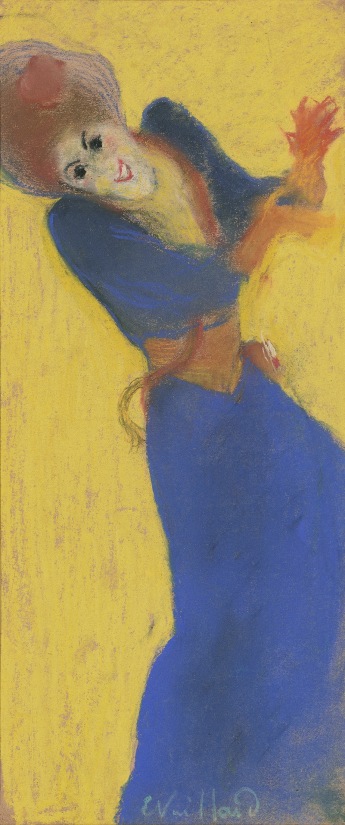 Edouard VuillardDiana Duhamel in Miss Helyett, 1891pastel on paper16 1/8 x 7 3/8 in
Edouard VuillardDiana Duhamel in Miss Helyett, 1891pastel on paper16 1/8 x 7 3/8 in
41 x 18.5 cm%3Cdiv%20class%3D%22artist%22%3E%3Cspan%20class%3D%22artist%22%3E%3Cstrong%3EEdouard%20Vuillard%3C/strong%3E%3C/span%3E%3C/div%3E%0D%3Cdiv%20class%3D%22title%22%3E%3Cem%3EDiana%20Duhamel%20in%20Miss%20Helyett%3C/em%3E%2C%201891%3C/div%3E%0D%3Cdiv%20class%3D%22medium%22%3Epastel%20on%20paper%3C/div%3E%0D%3Cdiv%20class%3D%22dimensions%22%3E16%201/8%20x%207%203/8%20in%3Cbr%20/%3E%0A41%20x%2018.5%20cm%3C/div%3E -
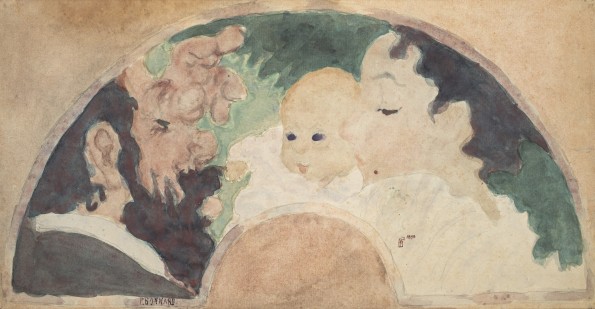 Pierre BonnardLa famille du compositeur Claude Terrasse, 1892watercolour on paper11 1/2 x 21 1/4 in
Pierre BonnardLa famille du compositeur Claude Terrasse, 1892watercolour on paper11 1/2 x 21 1/4 in
29 x 54 cm










